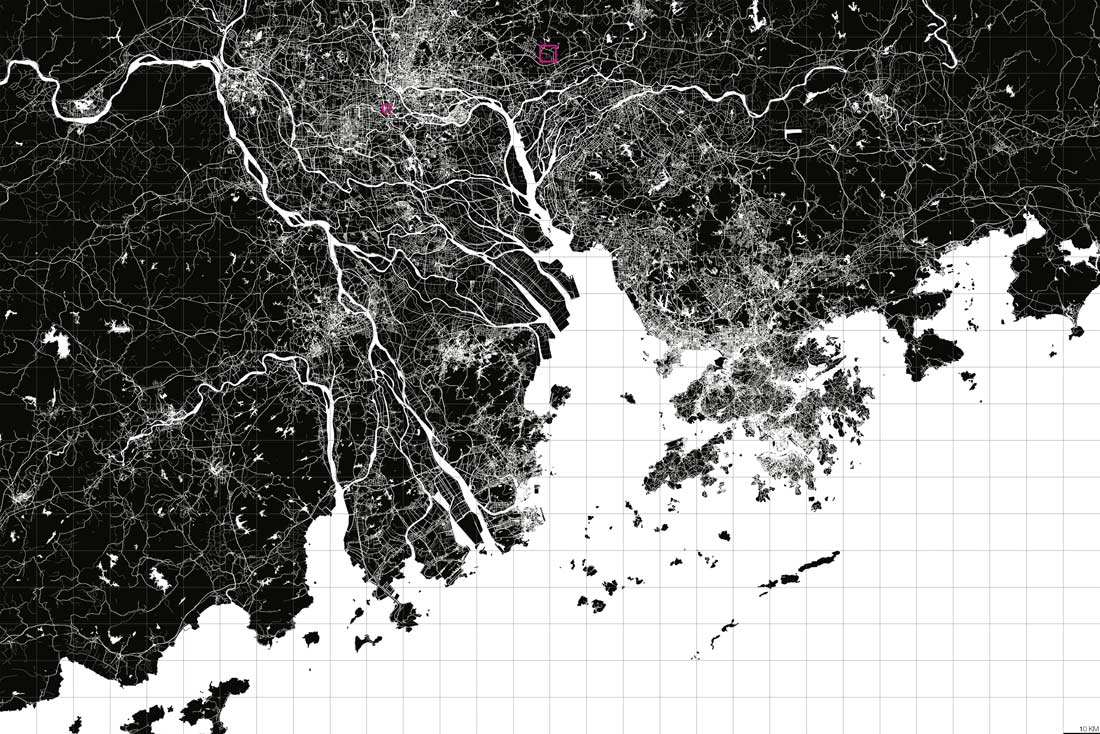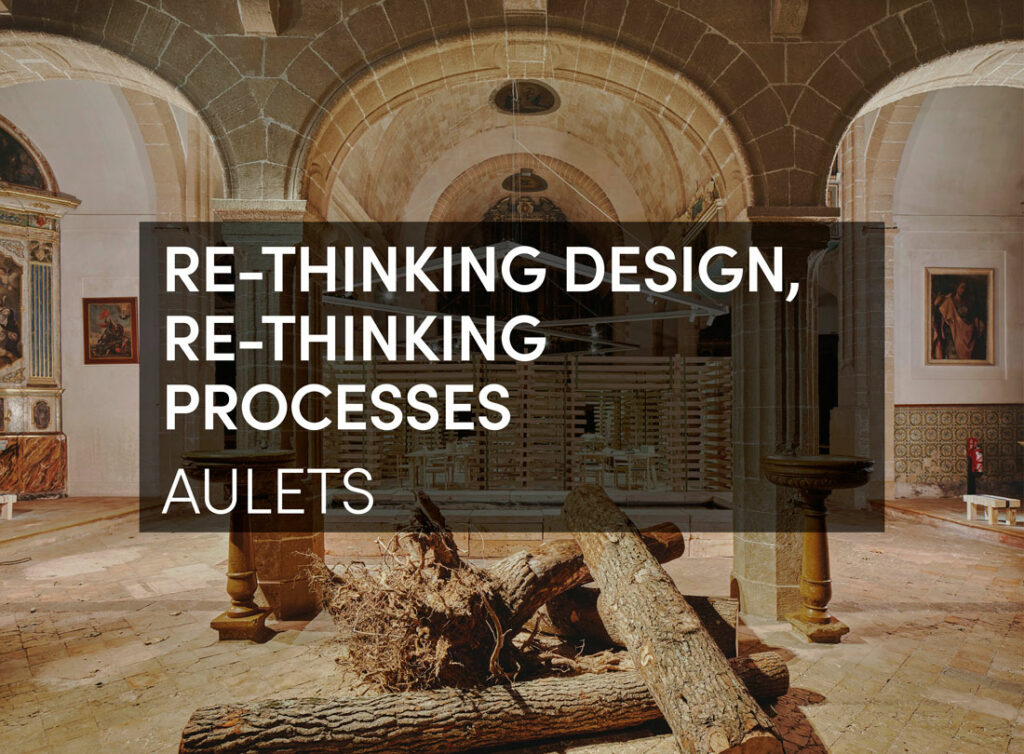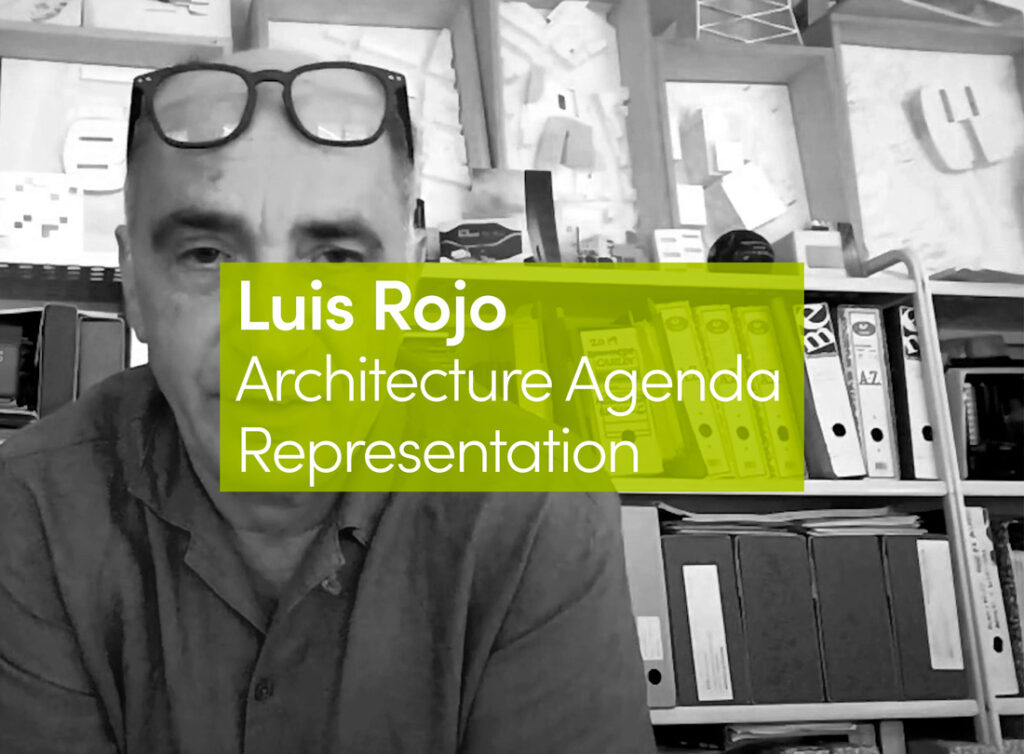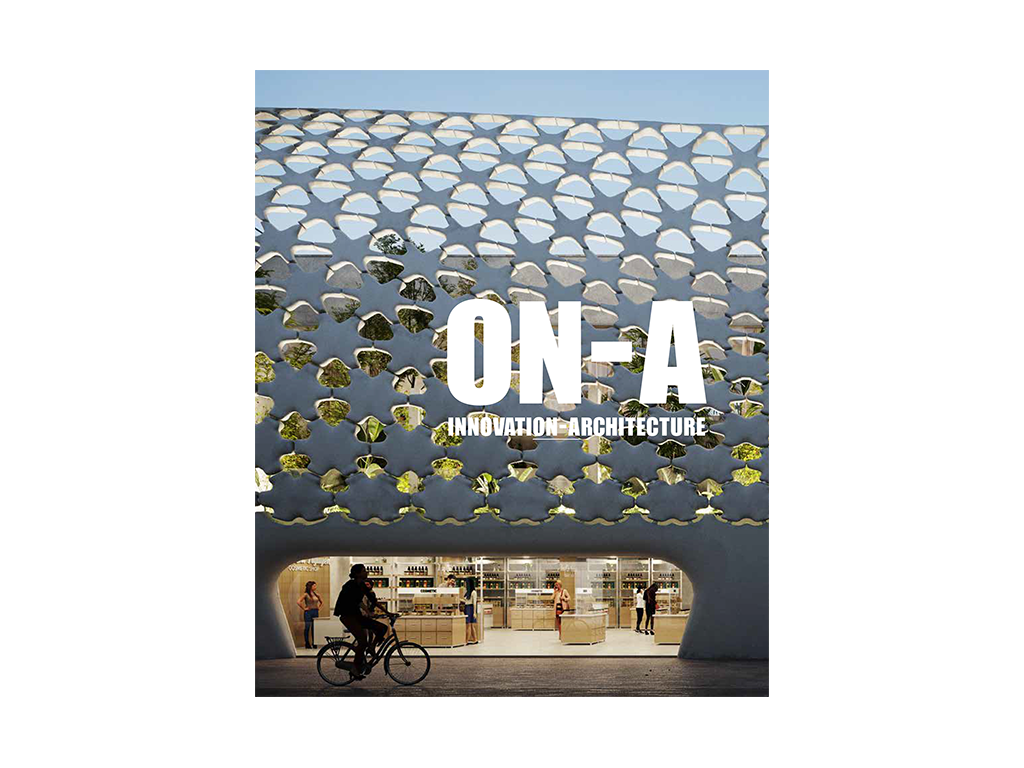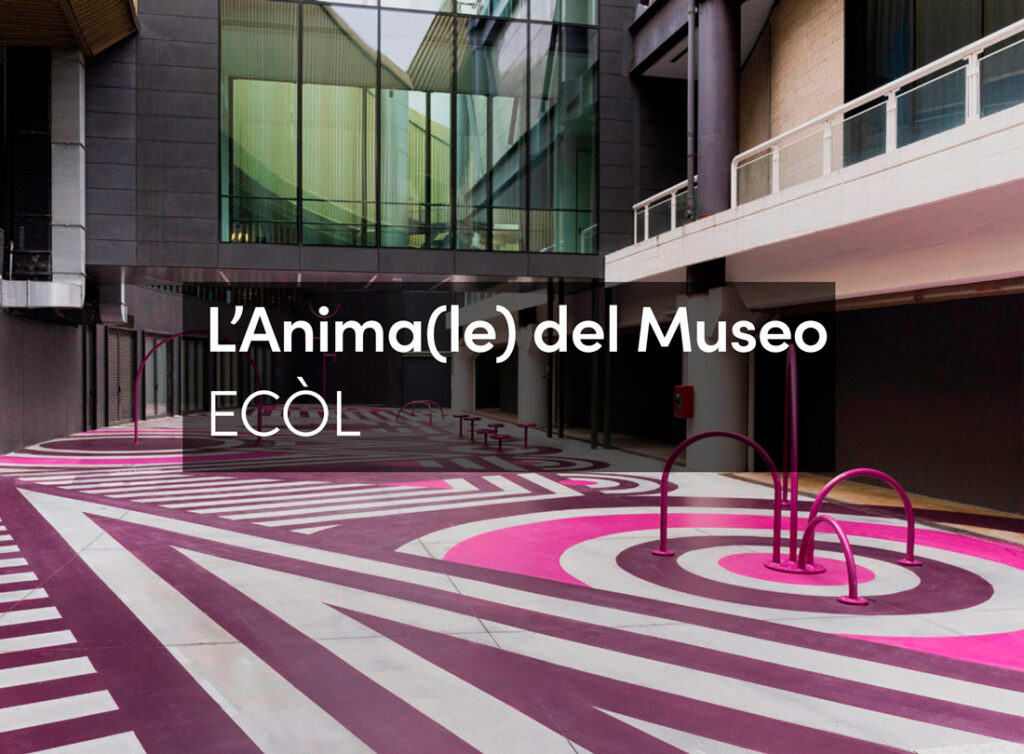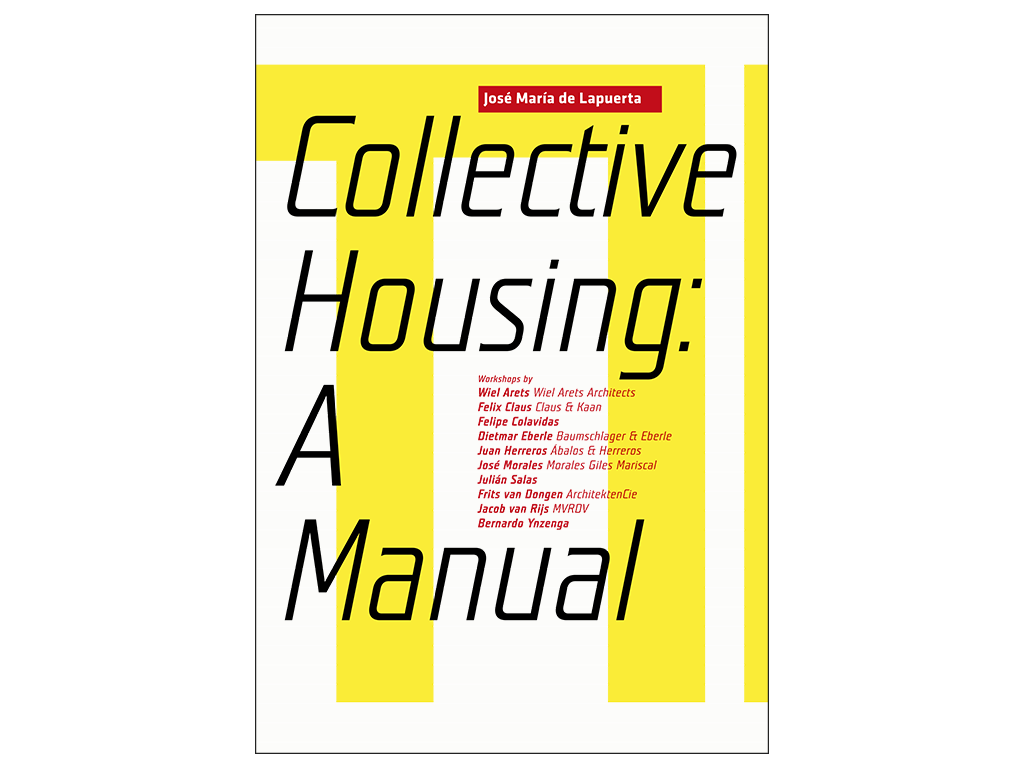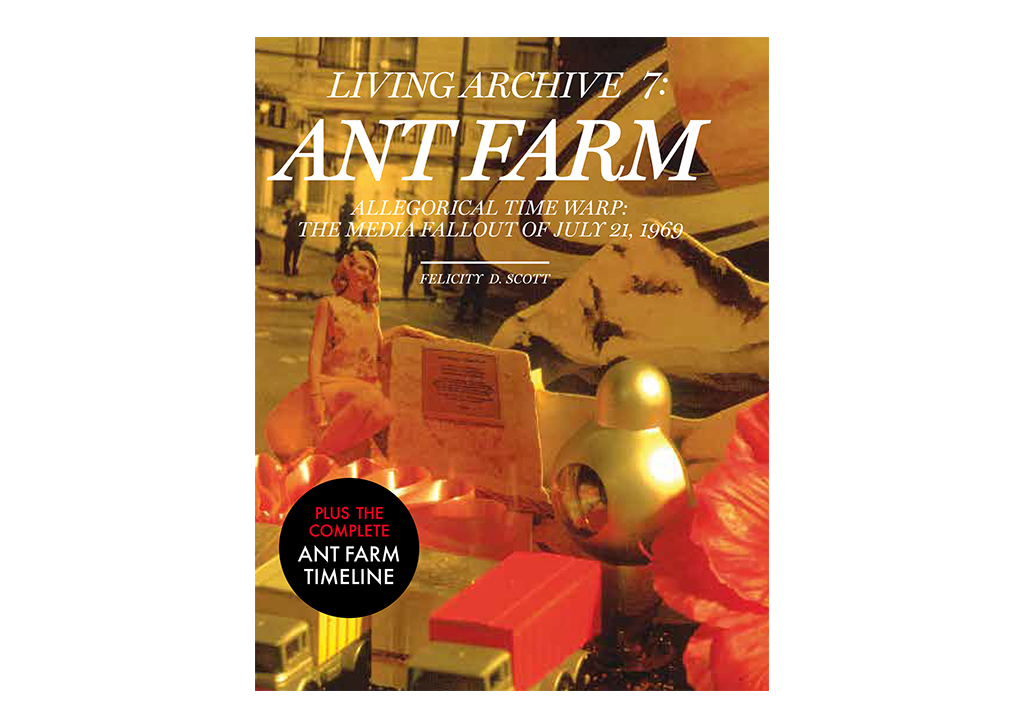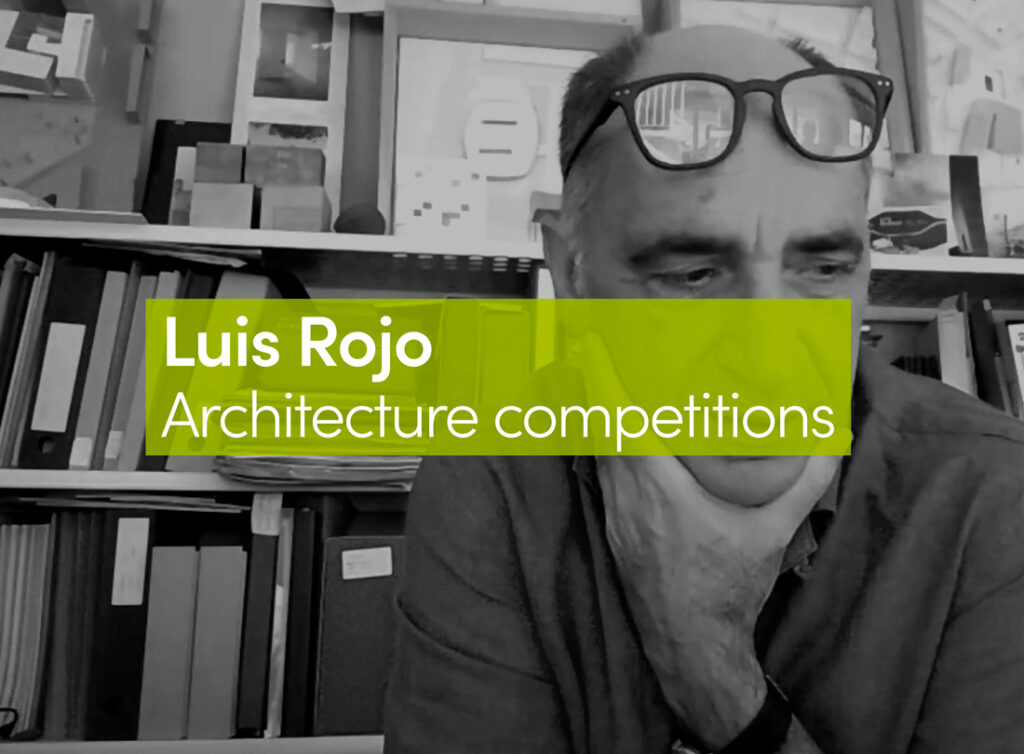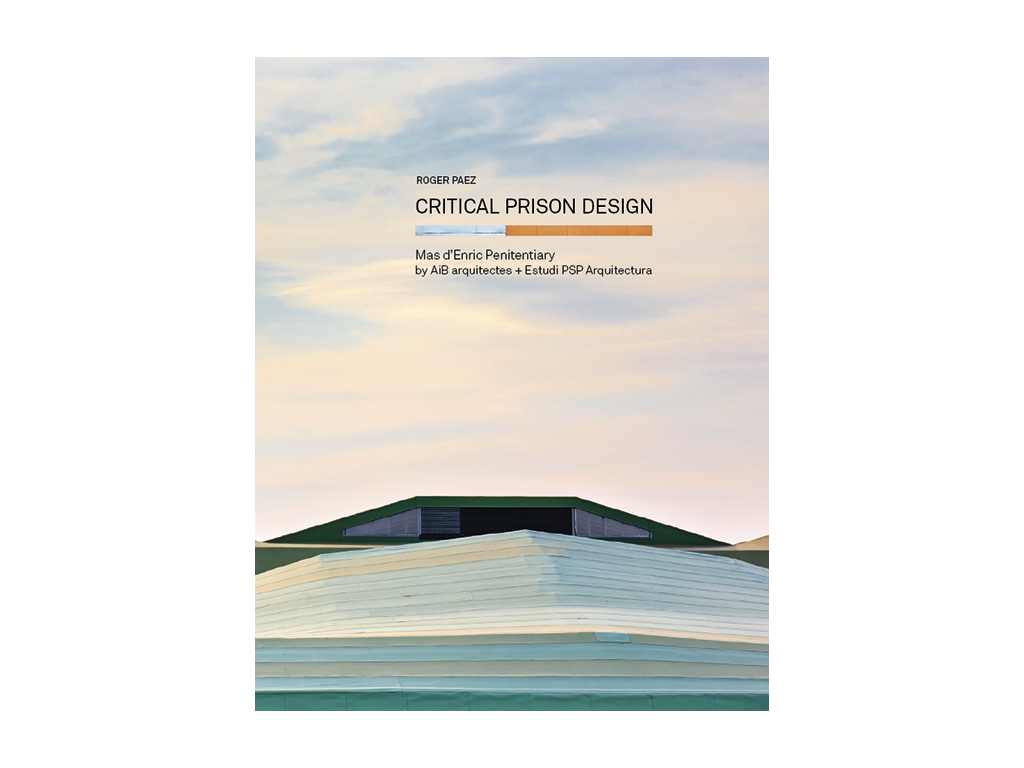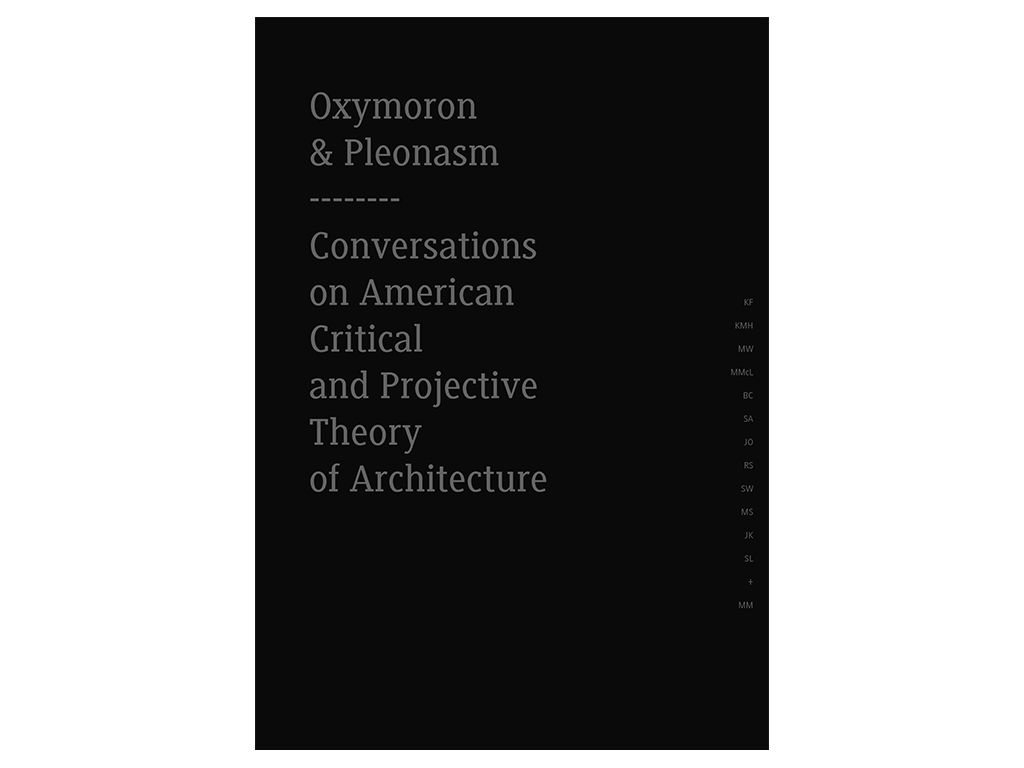Capital Steel Group (Shougang) has transferred steel production from Beijing to Caofeidian port of Tangshan city (Hebei Province). Pearl River Piano has moved piano production away from the centre of Guangzhou, locating it within a new cluster dedicated to advanced manufacturing in the Pearl River Delta area. Shougang and Pearl River Piano are two examples that re-articulate the syntax between architecture, city and production, revealing how much the change of production processes contributes to the definition of spaces in contemporary China.
The economic and planning reforms undertaken by the Chinese government since the late 1970s, the industrial relaunch and the relevant urban expansion have changed the localisation strategies of manufacturing enterprises and the relationship between city and production. The systematic process of spatial relocation of industries and workers outside of urban centres, together with the organization of new “development zones” in suburban or rural areas (He, Wei and Pan 2007), has left behind a huge number of disused sites in Chinese cities. Obviously, this process does not only refer to contemporary China, but it has a particularly relevant dimension in this context. Due to industrial relocation, from 1985 to 1997, about 60 hectares of industrial land were vacated in Beijing alone, of which over 71% were from the core (Feng, Zhou and Wu 2008). Under the banner of environmental sustainability, the Beijing 2008 Olympic Games further accelerated the phenomenon: the percentage of industrial land use within the Fourth Ring Road decreased from 8.74% to 6.6% between 1999 and 2005, vacating 900 hectares of industrial sites (Feng, Zhou and Wu 2008). Although the decentralisation of industrial activities is partly related to the desire (and need) to reduce environmental pollution within urban centres, “the main reason for the move was the increase in land values and its impact on government revenue” (Gao, Liu and Dunford 2014, 8). Given this situation, how have the relations between production processes and cities changed? What kind of cities tend to define the current production processes? Following the relocation of manufacturing enterprises, what kind of spaces are presented for possible architectural reuse? What is the role of industrial legacy in the reconfiguration of such places?
In order to investigate these issues, we assume two mega-plants as observation points, i.e. two disused manufacturing factories of significant size (and important economic burden) that have been relocated to new industrial areas. The steel giant Capital Steel Group (Shougang) was founded in 1919, with the establishment of a large manufacturing plant in the western suburbs of Beijing, in the current Shijingshan District (about 18 kilometres from Tiananmen Square). Industrial restructuring and pollution control initiatives, catalysed by the Beijing 2008 Olympic Games, led to the definitive closure of the plant in 2010, leaving vacant an area of about 8.5 square kilometres, now surrounded by urban expansion. The production has been expanded and organized to a new 20 square kilometre steel plant, built near the Caofeidian port of Tangshan city, Bohai Bay (Hebei Province), more than 200 km from Beijing. The new steel plant plays a key role in the implementation of the national strategy Beijing-Tianjin-Hebei Integration Initiative and in the materialisation of the Jing-Jin-Ji (the global city-region that connects Beijing with Tianjin and Hebei Province through infrastructure investments and mobility policies, covering an area of 100,000 square kilometres and involving 130 million inhabitants). Today, the former Shougang steel plant is preparing to host one of the three sites of the Beijing 2022 Winter Olympic Games, aspiring to become a model of economic, environmental and social sustainability. The site is a low-carbon pilot project, accepted into the C40 Climate Positive Development Programme, whose results will be used to define a national policy framework for the conservation and regeneration of other former industrial areas.
In southern China, Pearl River Piano Group is one of the leading companies in the piano manufacturing industry (covering 25% of the Chinese market and 12% of the global market). The factory was founded in 1956 on a 133 square meter site among the nurseries in the Fangcun area, near the Huadi River, in the current Liwan District in Guangzhou. The vertical production line ran in the 7-storey building, over 500 meters long. In order to expand and innovate its production capacity, in 2018 Pearl River Piano Group moved its production to a new plant, called Pearl River Piano Zengcheng National Cultural Industry Demonstration Base. The relocation of the piano industry to the Zengcheng Economic and Technological Development Zone, in the eastern part of Guangzhou, takes advantage of the policies promoting an advanced manufacturing clustering strategy in the Pearl River Delta area. On the other hand, the former piano factory in Guangzhou is surrounded by new transport infrastructure and plays a central role in the overall strategy of enhancing the creation of a Guangzhou-Foshan megacity as envisioned in the Development Outline for Guangzhou-Foshan Integration (2009-2020). The strategy has “the ambition of creating a big mega-city, a major global metropolis and a base for modern service and advanced manufacturing industries, […] forging a new growth pole […] based on industrial agglomeration and socio-economic integration” as well as seeking “to speed up the urbanization process of the sub-urban and rural areas of Foshan and Guangzhou” (Yu 2015, 35–37). The Pearl River Piano Group is converting the former factory to a new park dedicated to cultural and creative industries, entitled Pearl River Piano Cultural Park.
These two cases show how much the evolution of the modes of production affects the transformation of space. On the one hand, there is the trend towards a higher technology, automation and digitization of industry, linked to the need for rationalization and reorganization of production and logistics processes. In fact, throughout China, the processes of decentralisation, relocation and clustering of manufacturing to new “special zones” are connected to the new needs of the global economy and the role that China plays within them, and they are encouraged by government policies of industrial suburbanization, which use the land market to achieve their purposes (Feng, Zhou and Wu 2008). At the same time, both public and private operations are multiplying for the “relaunch” of former production sites. Disused spaces will have a different future according to their location, accessibility, size and state of conservation. The industrial heritage is reactivated through interventions that establish a new link between spaces, uses, functions and meanings, exploiting the key words that have guided similar interventions in the West, such as those related to the creative-cultural economy (Florida 2002; Howkins 2001) or mega-events. Both cases also present the coexistence of two different trends. First, the space is considered as a “reservoir” of resources, “available” to government authorities (regional, municipal, local) for the construction of infrastructure, new settlements or “demonstration zones”. For example, the new Shougang steel plant uses a well-developed integrated infrastructure system (road, rail and maritime), supporting the development of the Caofeidian Industrial Area and the later construction of a new city to support its industry (Caofeidian Eco-City, 74 square kilometres with an expected population of 800,000 inhabitants by 2020). Second, the space also plays the role of “attractor” of the transformation according to its location, from the physical and infrastructural point of view or its “strategic” role in national development policies and in attracting investment. The capacity of these places is supported by national programmes (Beijing-Tianjin-Hebei Integration Initiative; China’s National New Style of Urbanization Plan 2014–2020), commercial policies, fiscal incentives to attract massive industrial and real estate investments, models of territorial development that leverage “eco-city”, “techno-city”, “low-carbon cities” that often assume an “international” connotation (Joss and Molella 2013), as in the case of Caofeidian Eco-City and the surrounding Caofeidian New Area. Even the places left by production aspire to become new urban centralities through more or less “induced” patrimonialization processes that, in this case, exploit the past as a “reservoir” in which to set up territorial marketing strategies (Boltanski and Esquerre 2017). Consequently, there is a reduction in the fierce inter-city competition, between centre and suburbs, in favour of a form of competition between urban agglomerations (“large city clusters” (LCC), as in the case of Guangzhou), large metropolitan areas (Jing-Jin-Ji; the three mega-cities of the Pearl River Delta; Guangzhou-Foshan Megacity), or more generally “new polycentric spatial forms” (Xu and Yeh 2010, 17) based on the global model of global city-regions, already promoted in the Western world as the “new spaces” of the global economy (Scott, 2001).


